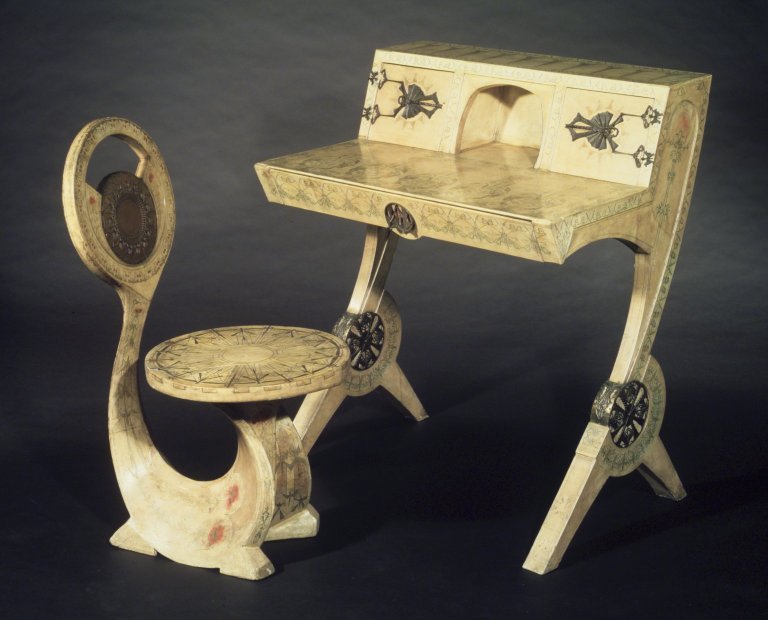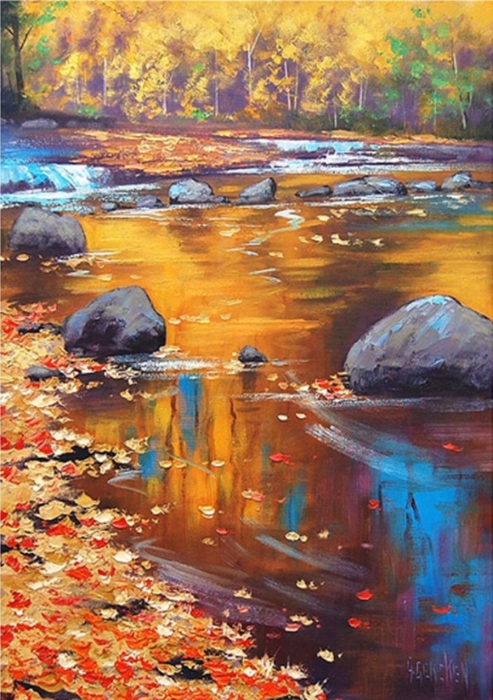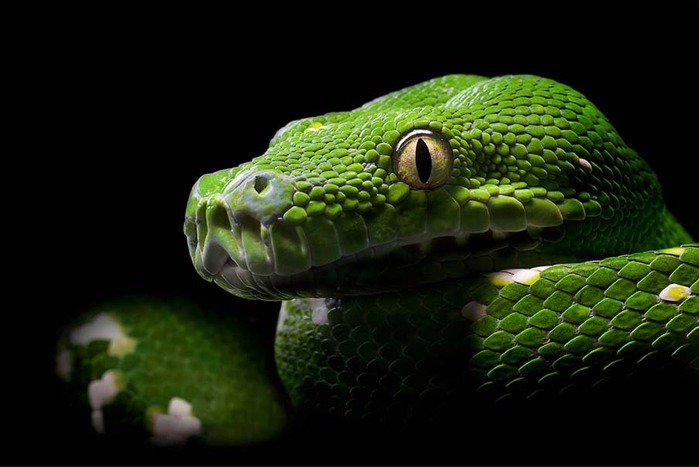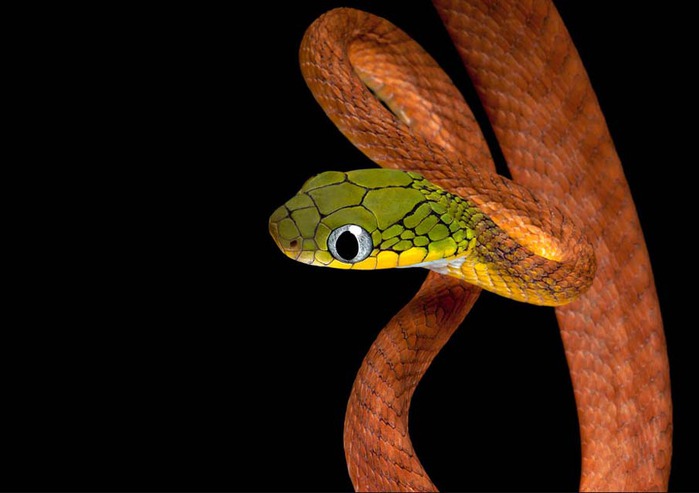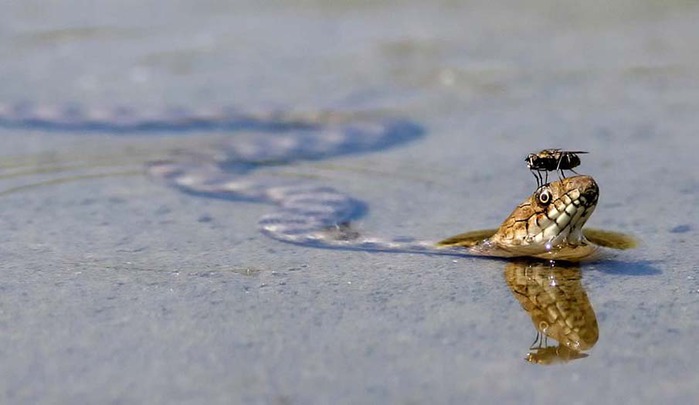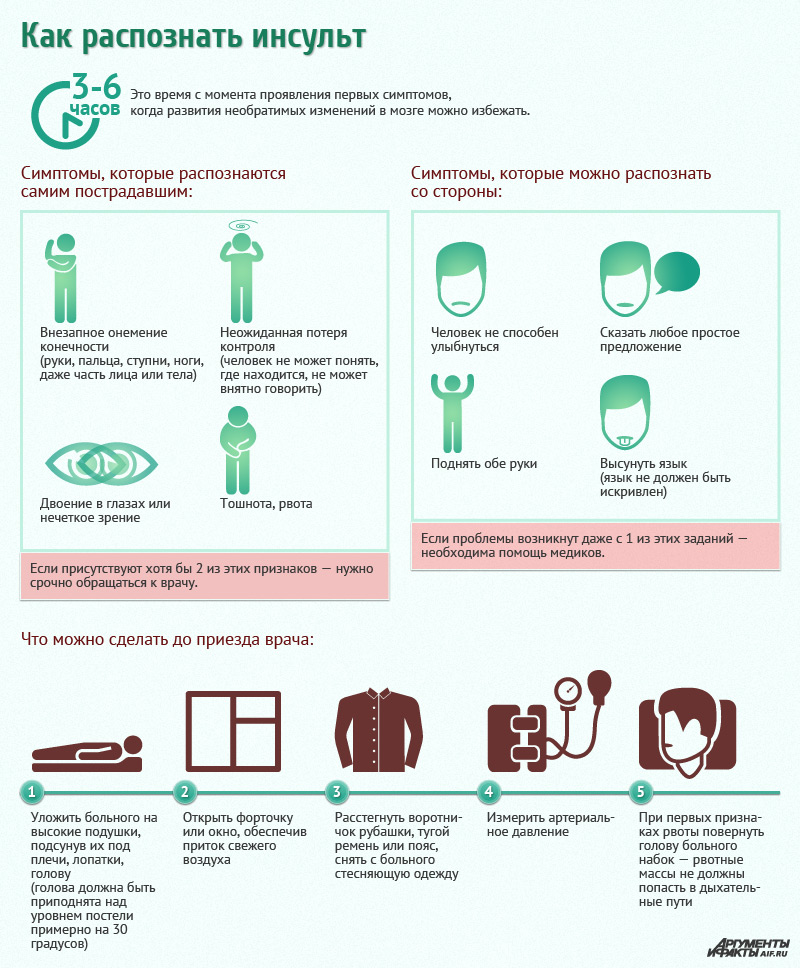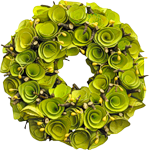Оригинал взят у в Музыкальные инструменты
читать дальше























LyraGreece
The Metropolitan Museum of Art
читать дальше

Balalaika Russia
The Museum of Fine Arts, Boston

Mandolin. Italy
The Metropolitan Museum of Art

Tamborin à cordes. France
The Museum of Fine Arts, Boston

Рositive organ. Germany or Austria
The Museum of Fine Arts, Boston

Double Horn. Germany
The Metropolitan Museum of Art


1. Double flageolet. England
2.Tenor recorder.1730, Ireland
The Museum of Fine Arts, Boston

Barrel Piano. American
The Metropolitan Museum of Art

Charango. Peru, 19th century
The Museum of Fine Arts, Boston

Pahu. French Polynesia (Austral Islands)
The Metropolitan Museum of Art

Ndongo. Uganda
The Museum of Fine Arts, Boston

Ngombi. Tsongo, Gabon
The Metropolitan Museum of Art

Harp. Senufo, Côte d’Ivoire
The Metropolitan Museum of Art

Beganna. Ethiopia
The Museum of Fine Arts, Boston

Rababa. 19th Century, Egypt
The Museum of Fine Arts, Boston

Sesando. Indonesia (Timor)
The Metropolitan Museum of Art
“Among the most remarkable string instruments is Oceania is the sesando, a tubular bamboo zither with ten or eleven metal strings set in a sounding box made from the frond of a lontar palm. Collected on the Indonesian island of Timor, this sesando was likely made by a member of the local Rotinese community whose residents originated on the neighboring island of Roti. Sesando music is believed to have supernatural powers and, in Rotinese origin traditions, the genesis of the instrument is given equal place with marriage, mourning, and death. When playing, the musician uses the right hand to pluck the bass strings while the left hand plays the treble. The pitch is adjusted with a complex series of movable bridges and tuning pegs. Occasionally played as a solo instrument, the sesando is predominantly used to accompany songs with verses composed in bini, a special poetic language, and refrains in ordinary Rotinese. The songs are often philosophical, portraying the world as dominated by inescapable fate and life as at times disappointing and ultimately fleeting.”

Serunai. Mid-20th century, Malaysia
The Museum of Fine Arts, Boston

Ranat Ek. 19th Century, Thailand
The Metropolitan Museum of Art

Chwago. Kyung Suk Park, South Korea
The Metropolitan Museum of Art

Laqin. Qing Dynasty, China
The Museum of Fine Arts, Boston


Pipa
Ming Dynasty, China Qing Dynasty, China
The Metropolitan Museum of Art
“The pear-shaped lute slowly migrated from Central Asia into China during the Han and Sui dynasties (1st-7th century). It eventually became the pipa; the term describes the original playing motion of the plectrum held in the performer’s right hand: p’i, “to play forward” (toward the left), and p’a, “to play backward” (toward the right). Until the mid-tenth century, the pipa was held horizontally (guitar style), and its twisted silk strings were plucked with a large triangular plectrum. Toward the end of the Tang dynasty, musicians began using their fingernails to execute the exuberant and programmatic repertory that was gaining popularity and that became the national style. To facilitate the use of the fingers, the instrument began to be held in a more upright position. In addition to its use in the opera and in storytelling ensembles, the pipa has a solo repertory of highly programmatic, virtuosic music.
The spectacular back and sides of this unique Ming-dynasty instrument feature more than 110 hexagonal ivory plaques, with thinner bone plaques on the neck. Each plaque is carved with Taoist, Confucian, or Buddhist figures and symbols signifying prosperity, happiness, and good luck. These include images of various gods and immortals, such as Shou Lao, the Daoist god of longevity, who is shown with a prominent forehead on the single plaque at the very top. When the instrument is played, this expert workmanship remains unseen by the listener, as the back faces the player. The front is relatively plain but shows signs of use. The ivory string holder bears a scene featuring four figures and a bridge; an archaic cursive inscription; and, at the lip, a bat motif with leafy tendrils. Above the lower frets, two small insets depict a spider and a bird, and just before the rounded upper frets, a trapezoidal plaque portrays two men, one with a fish. The finial repeats the bat (good luck) motif.”
@темы: история музыки





















